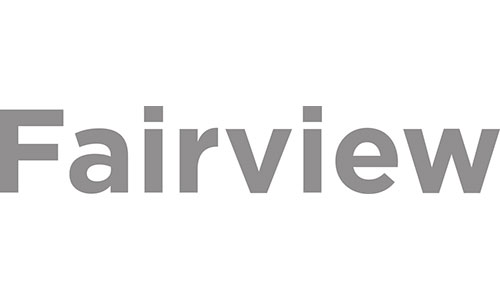Not meeting your goals when it comes to sales? Hardly seeing any ROI? Thinking, what is it going to take for my target audience to give me a chance? See if you’re making any of the following blunders when it comes to how you’re selling so you can start connecting with your target audience.
1. You’re not providing enough value in your content.
Content is key to building trust with your customers. It’s time to take a look and ask yourself, what content am I making that aligns with inbound? Is it timely, relevant, and valuable? Wondering why no one is downloading your $20 eBook? You think it’s a steal of a deal, but in all reality, no one wants to pay for it. Sure, maybe it’s full of great information about how to take care of your garden, but why would someone pay money for something that they can find for free somewhere else on the internet? If you’re looking to sell your amazing gardening and landscape equipment and expertise, you should be making your eBook a downloadable content offer—with relevant blog topics to support it. “How to Grow Great Tomatoes,” “Why Everything I Try to Grow Dies,” “Our Favorite Things About Harvest Time,” just to name a few blog topics, videos, podcasts, posts etc. that could go along with your content offer. You should be making at least 20 pieces of content to support one content offer. Yeah, this may seem like a lot, but again, you’re proving that you are providing value in the content you offer for your target audience, so they keep coming back. After you’ve proved that it’s worth the download, you’ve just captured information and interest from a prospective lead.
2. You’re not giving enough love.
What are you doing to show love? Think about what you’re doing on social. Are you constantly posting your own internal pictures, videos, and blogs? Think bigger. The internet has so much opportunity for you to interact with your target audience and sell yourself. Let’s say you’re a graphic design business. You’ve been posting your designs on Facebook and Instagram, gradually gaining more interest in followers. Take it a step further, feature some love for other graphic designers (with their permission of course). “Loved this logo by @xyz. Sometimes, all you need is an awesome icon to stand out. Check out her stuff!” Don’t make it a sales pitch. Don’t tear down your competitors by comparing your work to theirs. See it as an opportunity to make connections. Plus, you’d be stepping into the delight stage of the inbound process—@xyz will probably follow your work, she might even become a future customer, advocate, or employee for you. All good things. Moral of the story: show some love.
3. You’re blaming the platform.
You’ve done your research. You know where to meet your target audience. So, don’t blame Facebook’s new algorithm for your lack of visibility. Rather than blaming whatever platform you’re using, try creating 1000x more content if something doesn’t seem to be working. This will improve your search engine exposure, increase the amount of people who will see (and interact) with your company, open new channels for communication, get your employees and customers alike involved in what you do, attract the right people to your company, and the list goes on and on.
4. You’re not using Instagram or Facebook ads that will drive your business
If you are on Facebook and Instagram, these platforms give you a highly interactive, engaging, and organic way to attract the right eyes—if you want to see ROI, take the time to create high quality photos, videos, and any other visuals that will capture the right eyes on your sponsored posts. Facebook and Instagram advertising is highly effective because people actually appreciate the creativity. Oh, and when we say “ads” we don’t mean your typical “sales pitch, buy our product ad,” we still mean creating content that generates emotion and resonates with your audience, providing ads that center on awareness, engagement, and conversion.
5. You’re getting emotional about platforms going away.
If email doesn’t work anymore, it’s time to MOVE ON. We know, this may seem to contradict #3, but there’s a difference between understanding where your audience lives and knowing when you need to make more content and when you aren’t gaining any visibility (at all) because that isn’t where your target market lives. This is where you really need to pay attention to your analytics because you could be wasting a lot of time, money, and effort on a platform that is outdated, irrelevant, or simply not where your target audience is. We get it, maybe you’ve always developed content for a certain platform and you’re feeling nostalgic about it—but you’re not seeing any ROI. Maybe it’s just time to stop and think, it may not be your content as much as the platform you are using to distribute it.
6. Your sales aren’t layered with content aligned with your BRAND.
This is probably the most important one. Understand that people are going to know the intent behind your content. Your target audience is going to know the difference between a message promoting a sales pitch and when you are creating valuable content to share. If your sales messages are littered with cheap pitches, people won’t give it a second glance, but if your content is consistently aligned with the perception people have of your company (we’re hoping it’s a good one), people will notice. Capitalize on the public perception of your company—make it your own, and layer on content pieces that emphasize brand consistency.
Looking for more help understanding sales using inbound and the stages of the flywheel as it fits into your marketing strategy? Start getting organized—download our free Creative Arcade Inbound Flywheel Worksheet.
{{cta(‘1b74c13b-9482-426b-a63c-c5b4dced04b4’)}}



